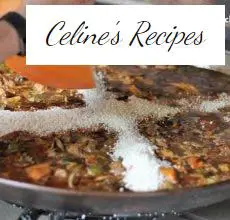Dulce de leche is milk!
But let’s see, who invented this wonder of dessert and why didn’t they give it to us on birthdays instead of salami or Nocilla sandwiches?
Today October 11 is celebrated the World Day of milk candy . You already know that there are now world days for everything, for the cat, for the smile or for the silliest fall, but I am particularly in favor of celebrating this world day and with that excuse… eating an exquisite dulce de leche . Yum!
Taking advantage of this day, I will tell you curiosities about this Argentine pastry pump so that you also celebrate it as it deserves.
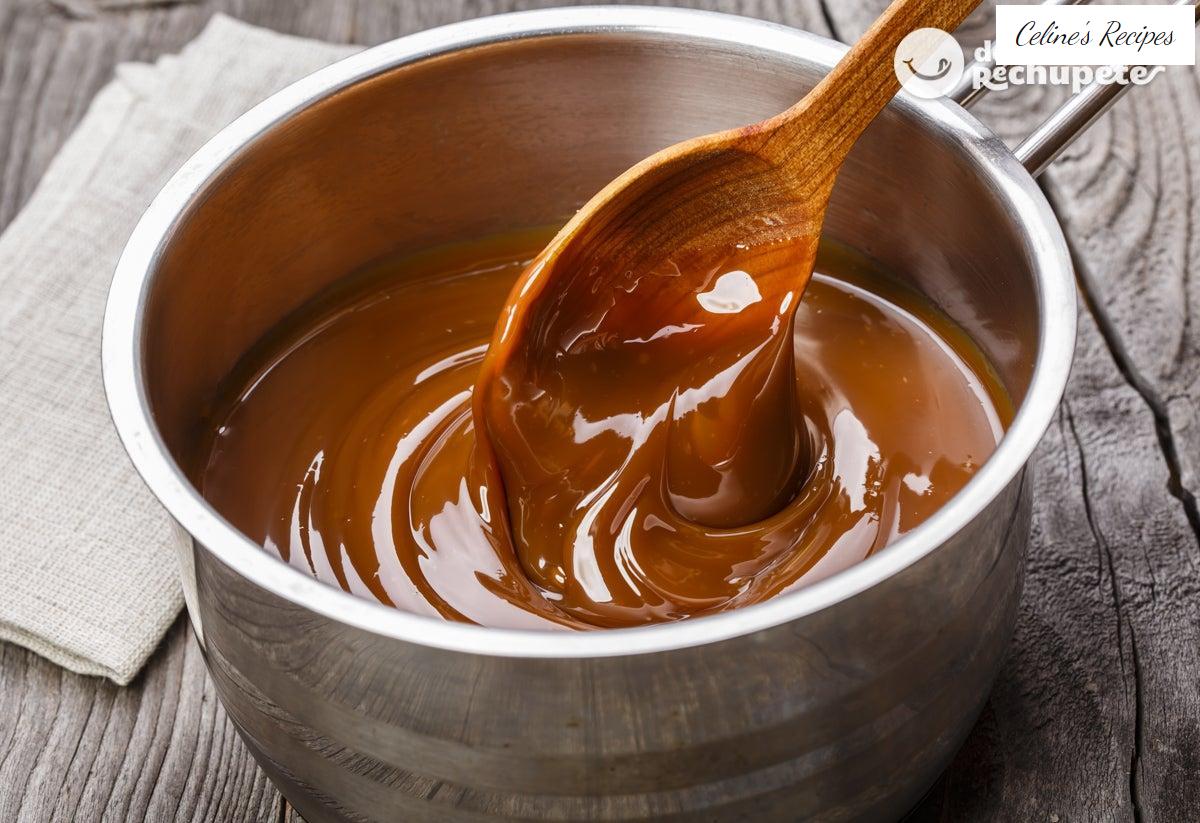
What is it?
The Argentine dulce de leche is made from cow’s milk, sugar, vanilla essence and baking soda. It is true that in other countries this dessert exists, but it is not called the same.
Dulce de leche, eye to the data, is recognized as a Food and Gastronomic Cultural Heritage of Argentina and that makes it the sweet of one of the star products in Argentine households.
In fact, according to the latest statistics from the sector, in Argentina 140,000 tons of dulce de leche are produced annually and each Argentine consumes 3.5 kilos of dulce de leche a year. Will the same amount of rice pudding be consumed here? I doubt it.
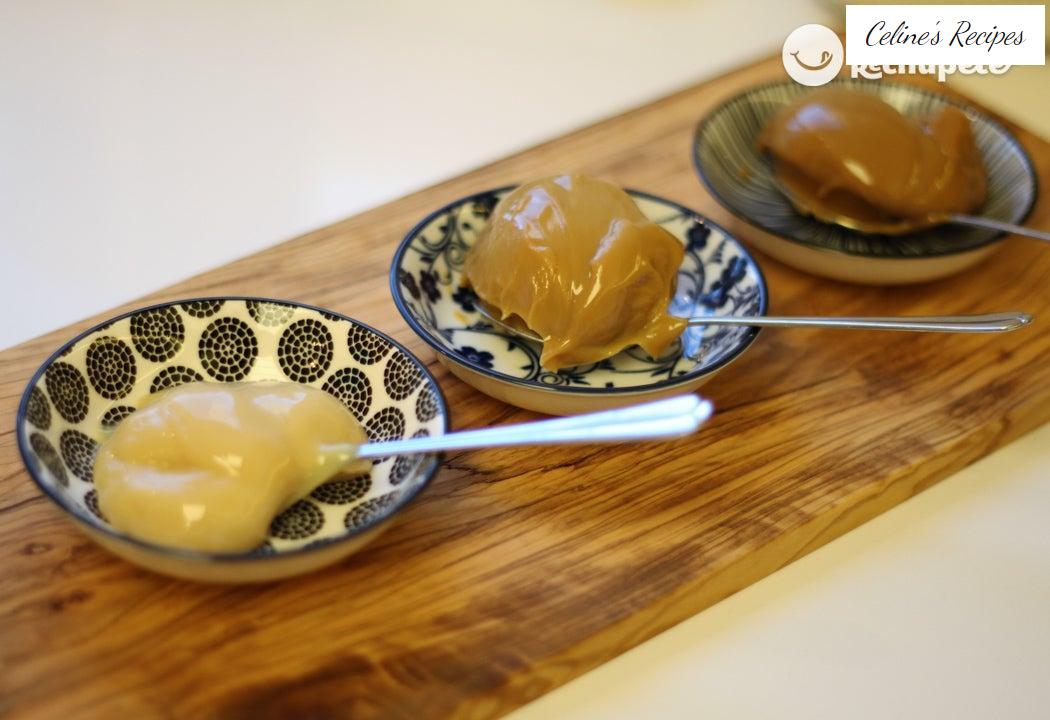
Origins of dulce de leche
There are hundreds of stories and tales about the origin of dulce de leche . There are recipes and chefs who have invented more liquid, more solid variants, with more or less sugar, different cooking or milk not only from cows, but also from buffalo or sheep.
It is a dessert that, like everyone, admits its variations as long as it maintains its particular flavor.
It is possible that we will never find the real inventor of this dessert since there are many legends that surround it, but what we are almost sure to affirm is that it is Argentine.
In the end it does not matter so much where you are born if not where you live and the dulce de leche is marketed in Argentina more than in any other country in the world.
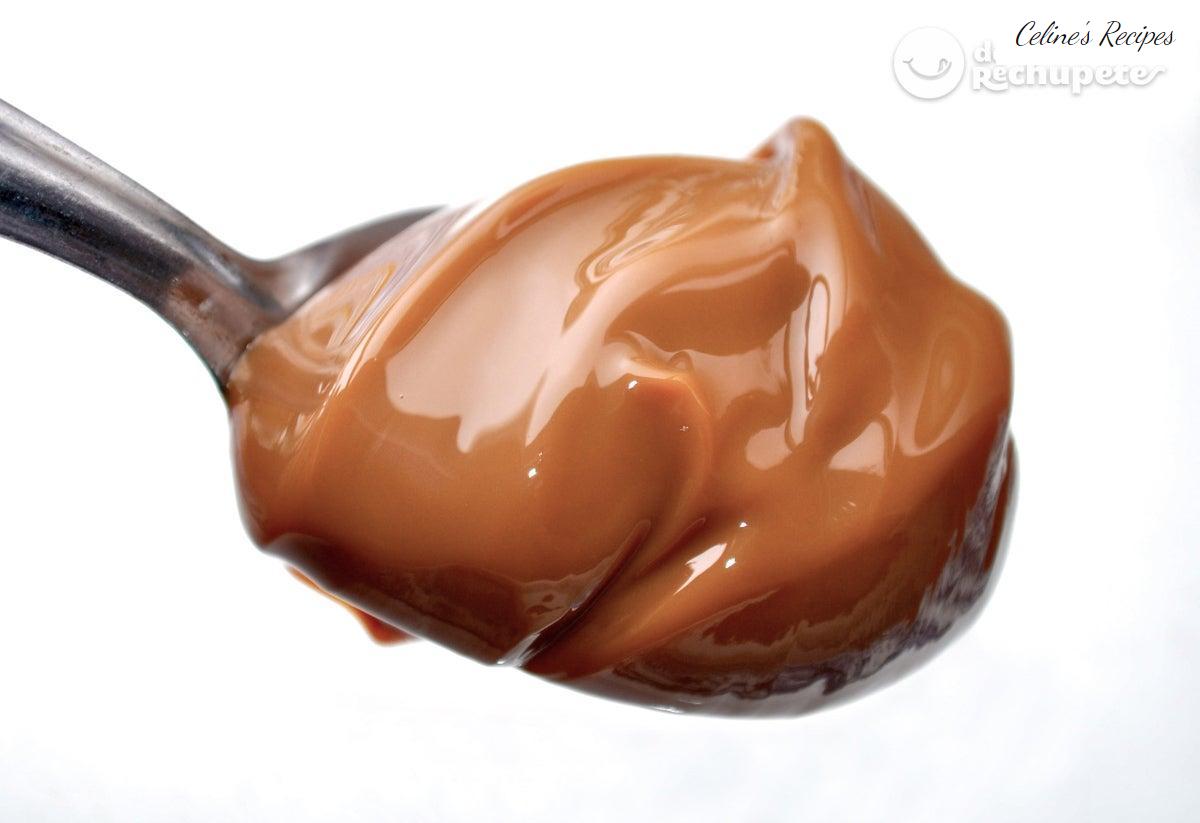
Why October 11?
It was in 1998 when this day was celebrated for the first time as the official day of dulce de leche to pay tribute to this dessert that, as I was saying, is recognized as a cultural food heritage.
The choice of this date takes us back to 1829 when, according to legend, this dessert was born in the city of Cañuelas as a result of the meeting between General Lavalle and General Juan Manuel de Rosas.
One of the maids forgot that the grout was on fire (milk with sugar) and that’s how it came about. This usually happens. The simplest things are the ones that go the furthest.
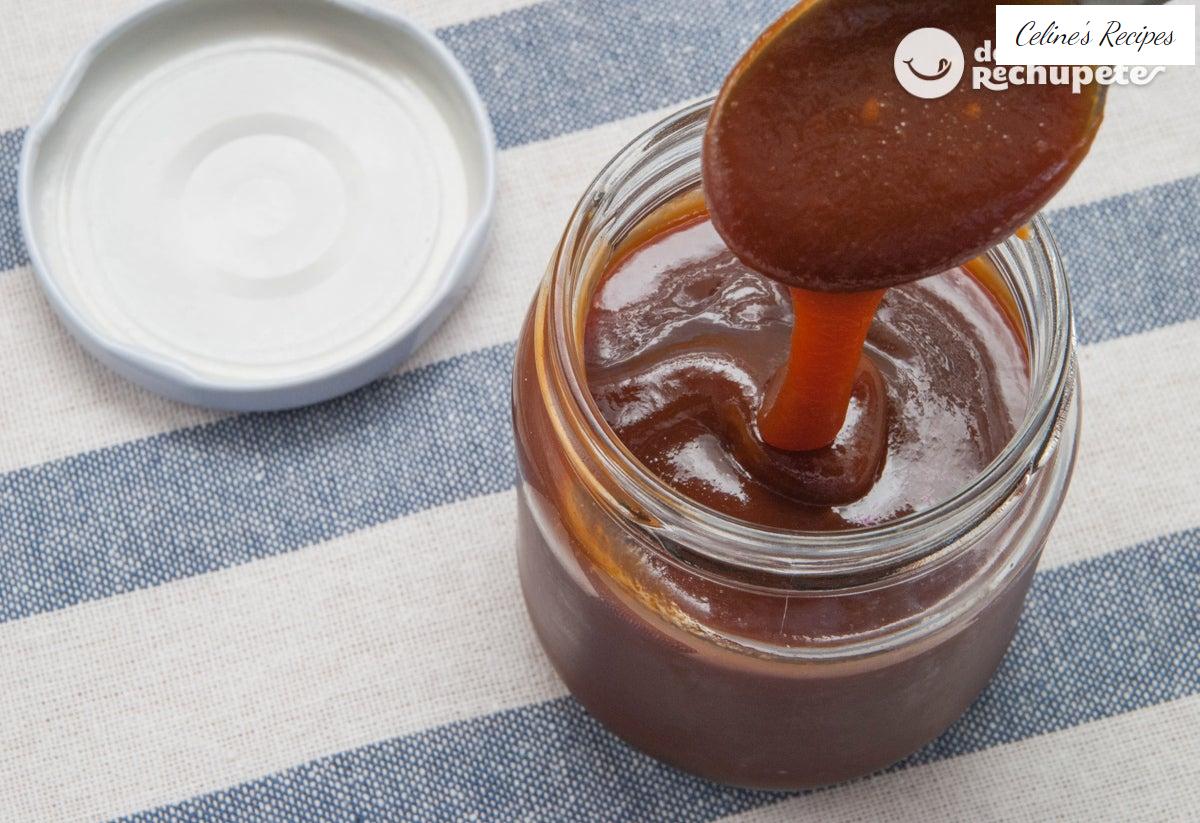
Countless names for this dessert
Dolce de leite in Brazil and milk sweet in the English-speaking countries, confiture de lait in France, delicacy in Chile (reason is not lacking), cajeta in Mexico (and made with goat’s milk instead of cow’s milk).
It is also consumed in Nicaragua, Venezuela, Colombia or Peru, where they call it bollo de leche or in Cuba where they call it a fanguito or creamed milk . In Spain, specifically in Catalonia they call it Almívar de llet and the Norwegians have baptized it unpronounceably as Hapå .
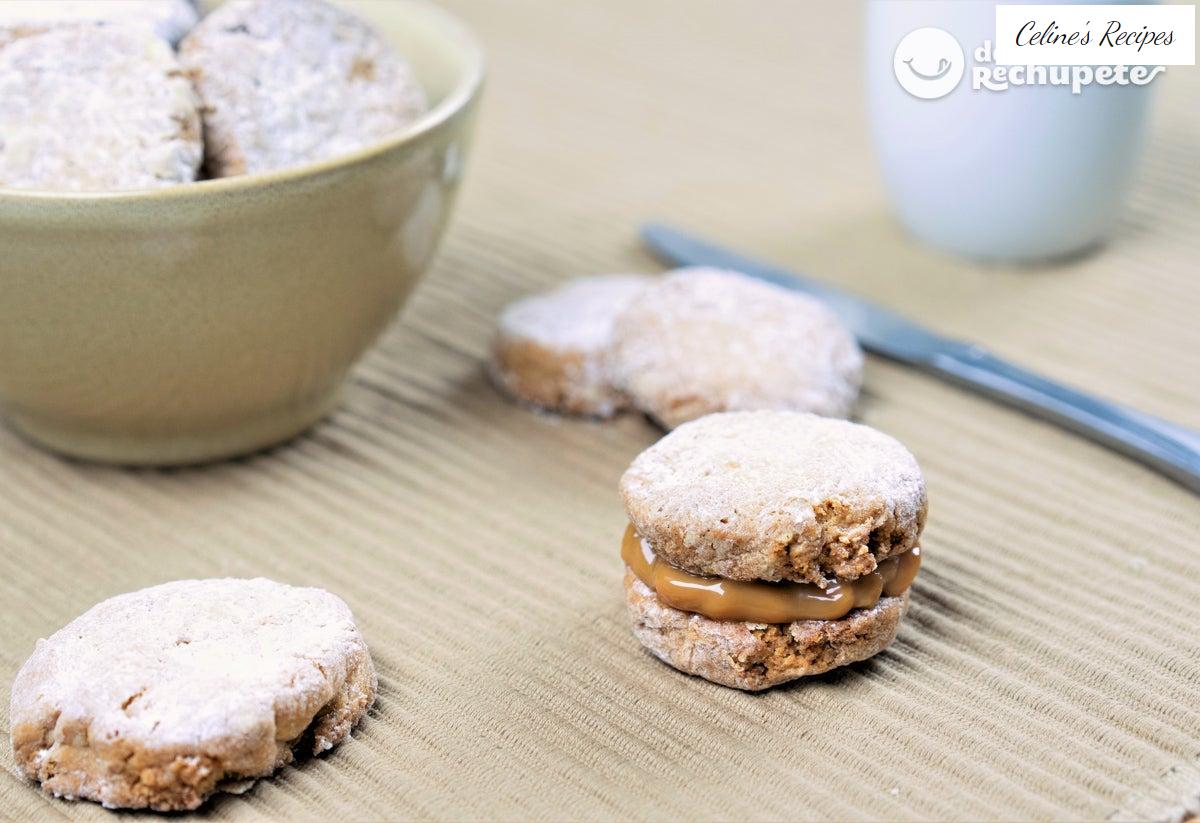
Let’s call things by their name
Not everything that tastes like dulce de leche is dulce de leche, and that’s fine with me. There is a law in Argentina to regulate this. A dessert cannot be cultural heritage and skip the rules, man!
For example, any product that incorporates cornstarch or another thickener is called “dulce de leche repostero” , as is the case in Brazil.
In the United States, for example, dulce de leche is used in pastries as jam or filling. However, the product that is exported there in Argentina would be called the sweet milk flavor pastry filling.
In other countries such as Uruguay, its regulation defines dulce de leche as “that product obtained by the concentration of milk added with sucrose up to a maximum of 30% and added or not with starch and other authorized additives.” Come on, it’s not dulce de leche, dulce de leche.
In yummy recipes we want to celebrate this day by inviting you to try doing it at home and if you come upstairs, try making these cookies filled with liquor and dulce de leche as well.
Happy World Sweet Milk Day to everyone!
Did you like it? Share it!
Share Tweet Pin it To print
Receive a weekly email with new recipes and yummy recommendations.
Think of Pixels SL as the owner of Recetasderechupete.com, it will use the data you provide in this form only to send you blog updates. We treat your data with respect. For more information see the Privacy Policy . You can change your mind at any time and unsubscribe by clicking on the footer of any email you receive from this website, or by contacting [email protected]. Yummy recipes use Mailchimp as a platform for sending emails. Mailchimp is covered by the EU-US Privacy Shield agreement, approved by the European Data Protection Committee. By submitting this form you agree that your data will be transferred to MailChimp to process it in accordance with its Privacy Policy .
If you liked this article you will like:

Kefir. Everything you need to know Ke what? KÉFIR!

Broken or crashed eggs. Origin and recipes





